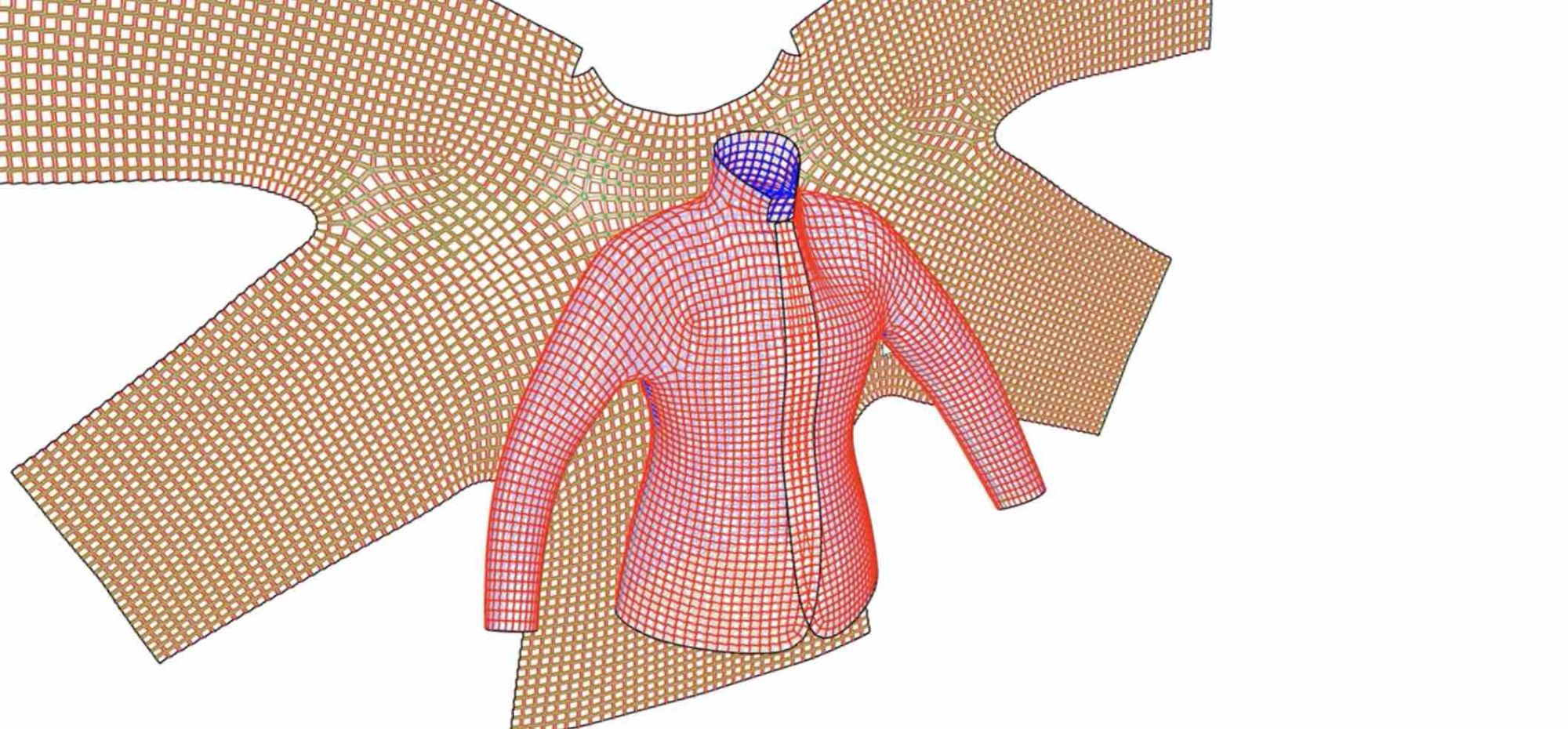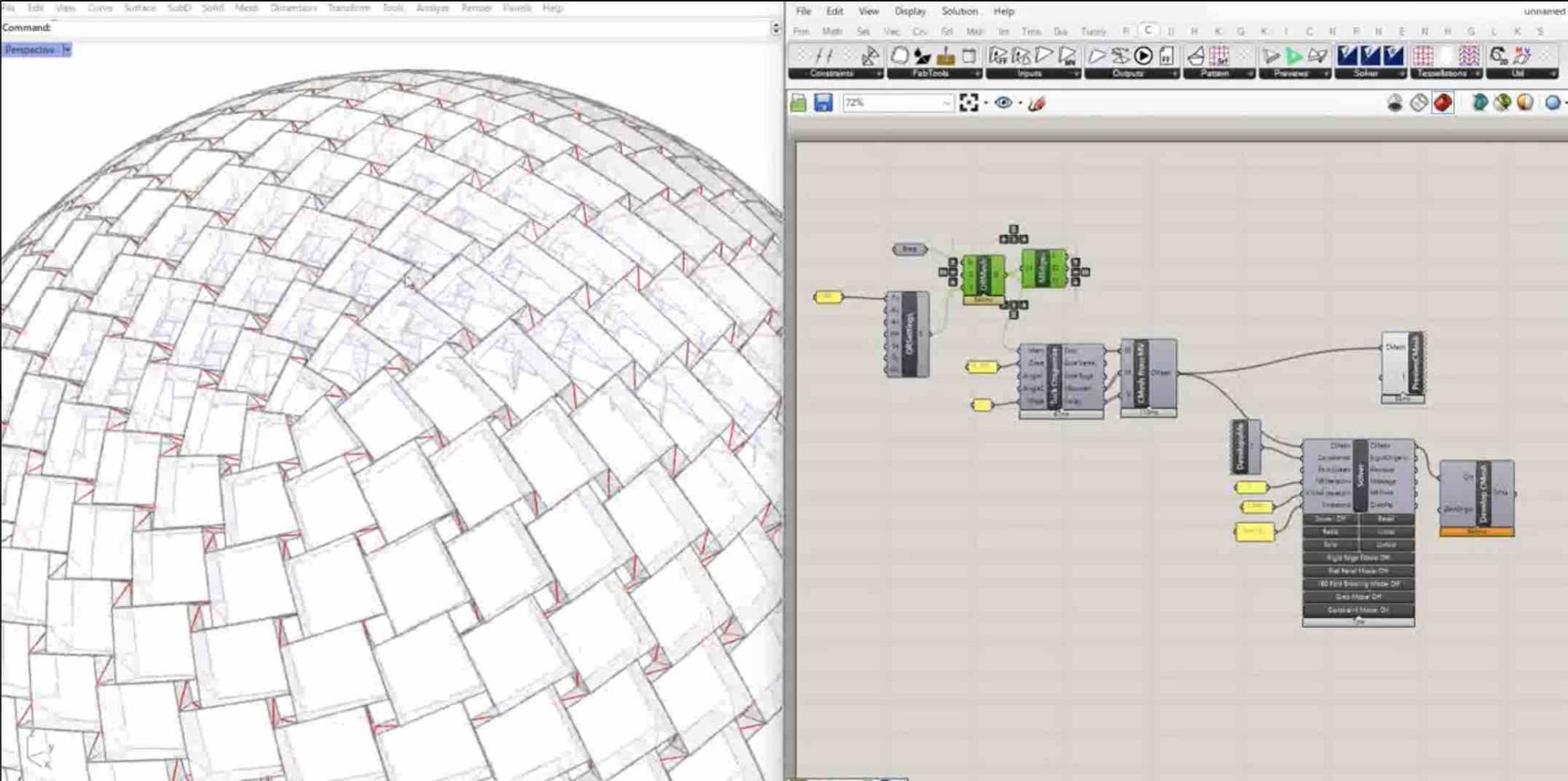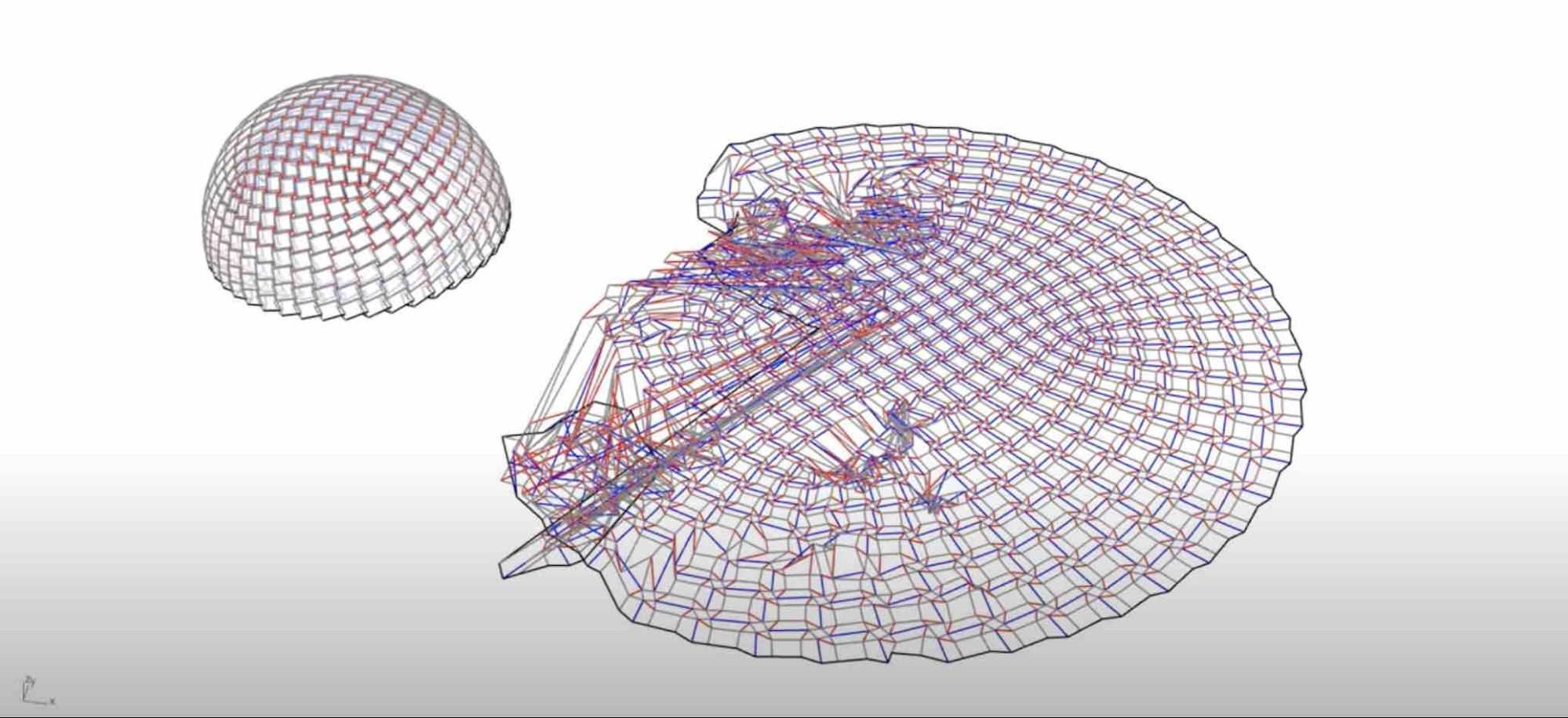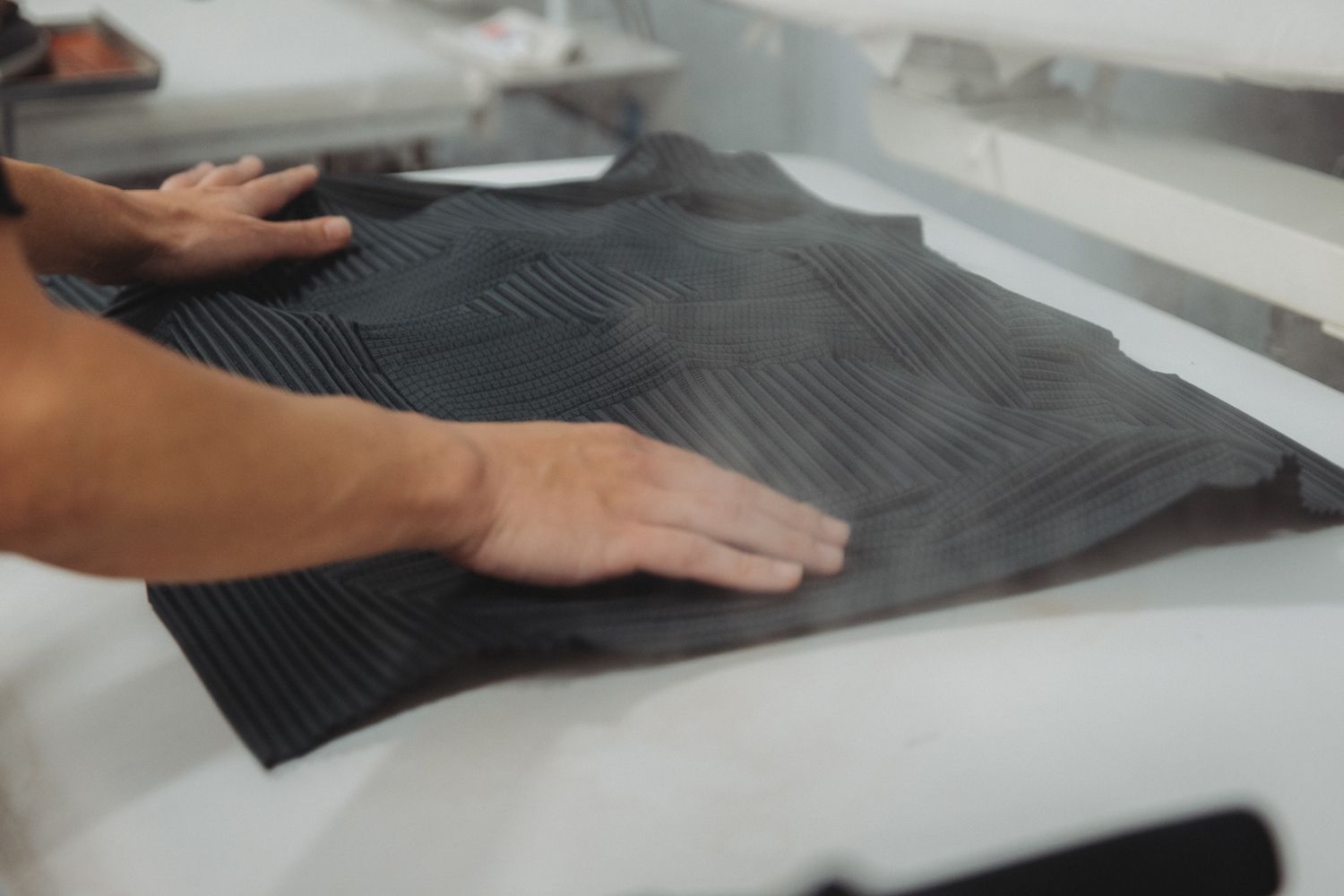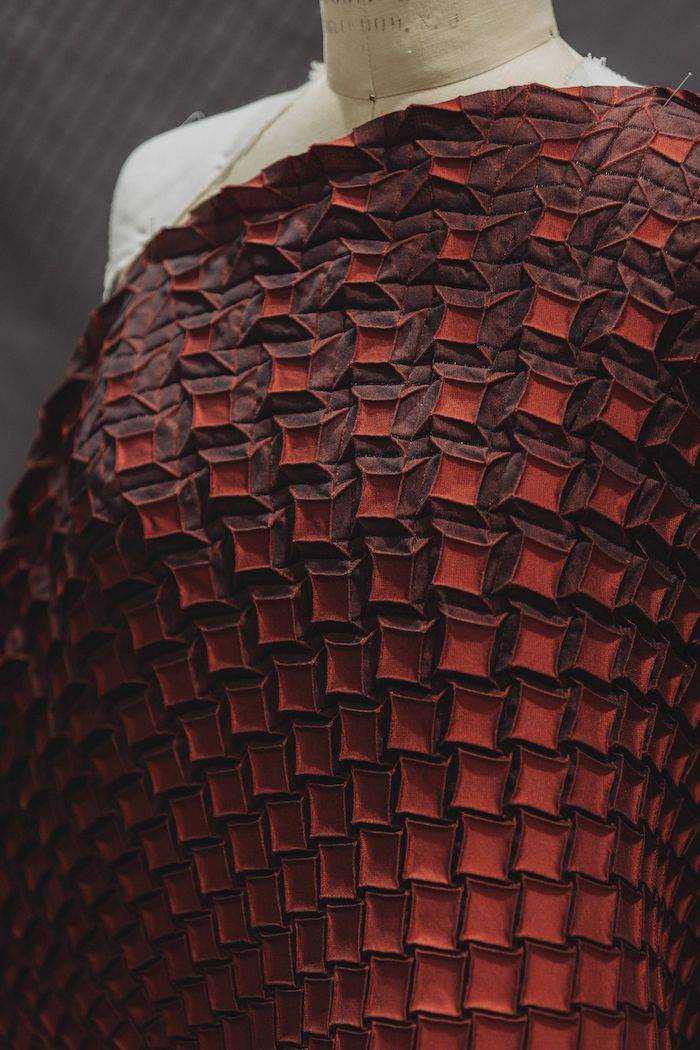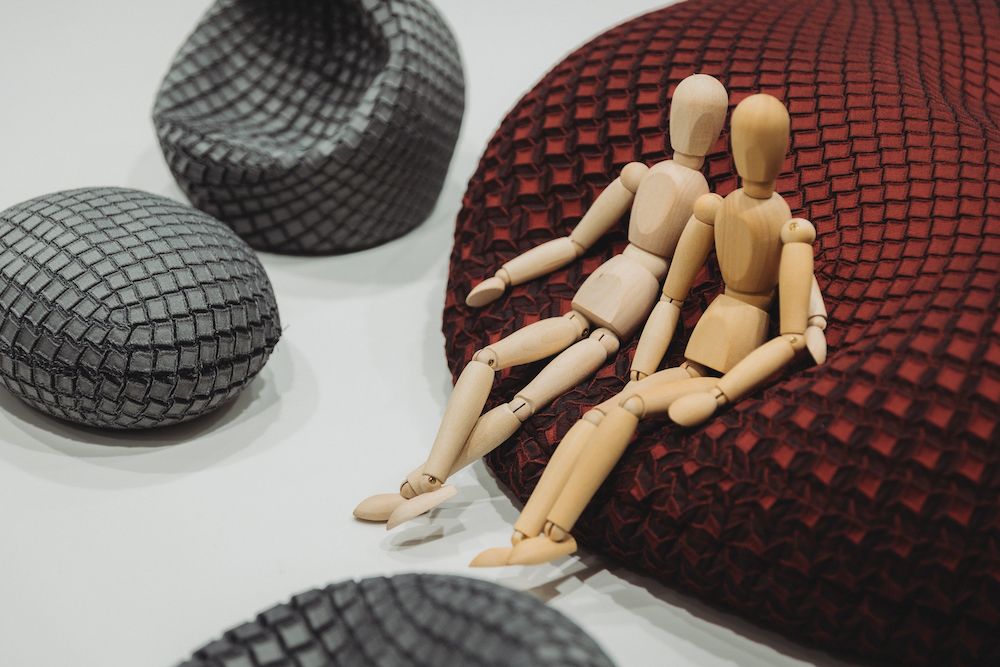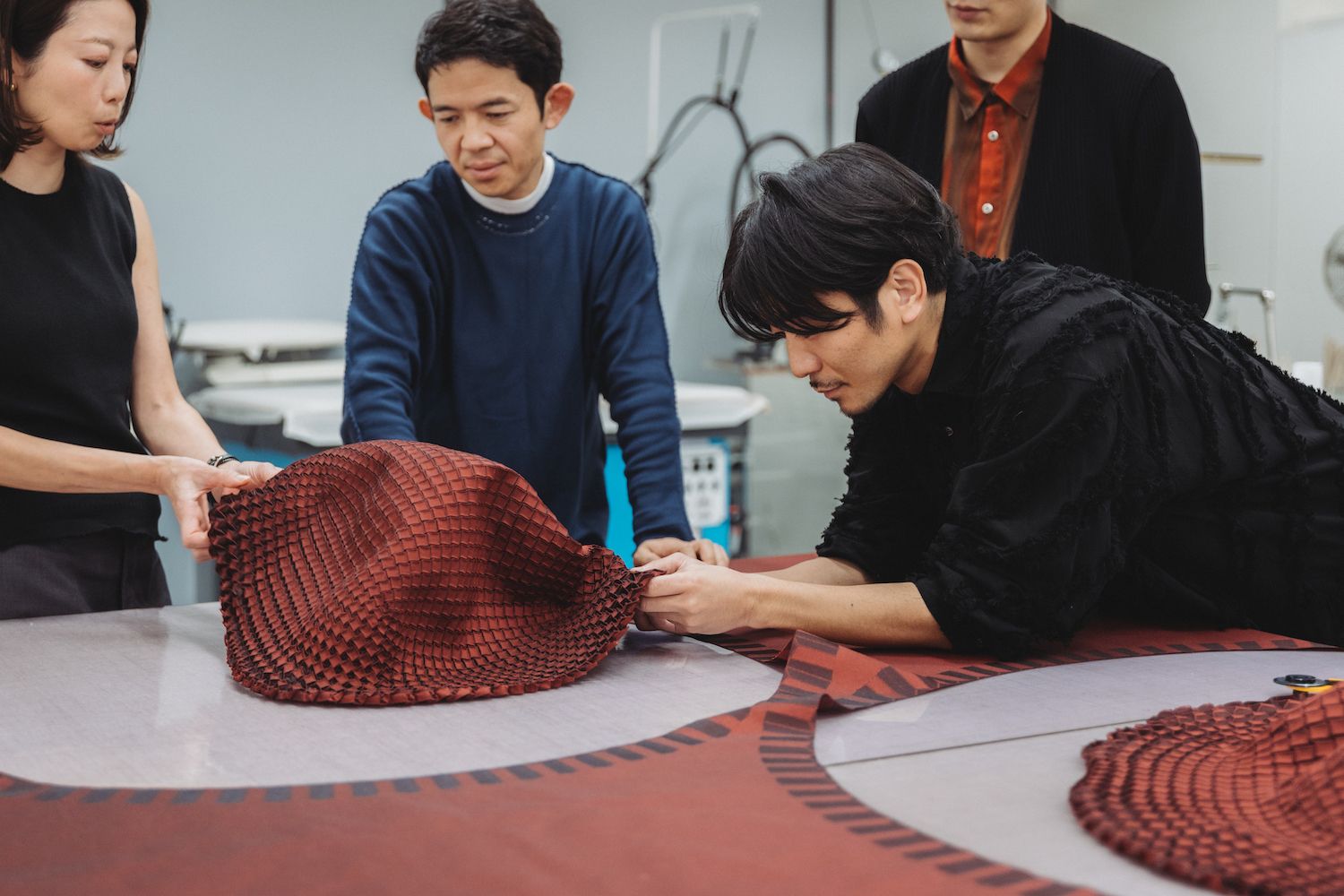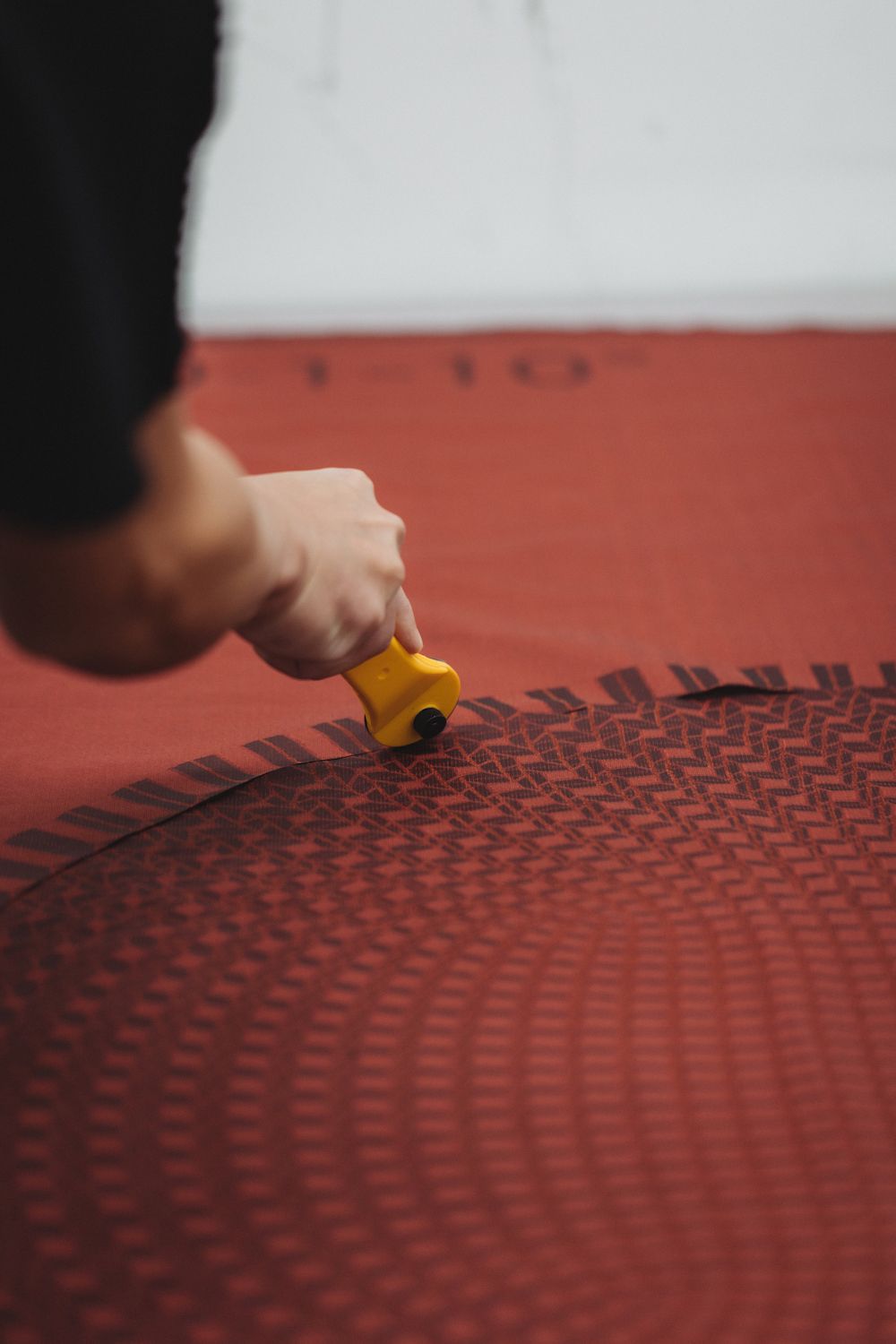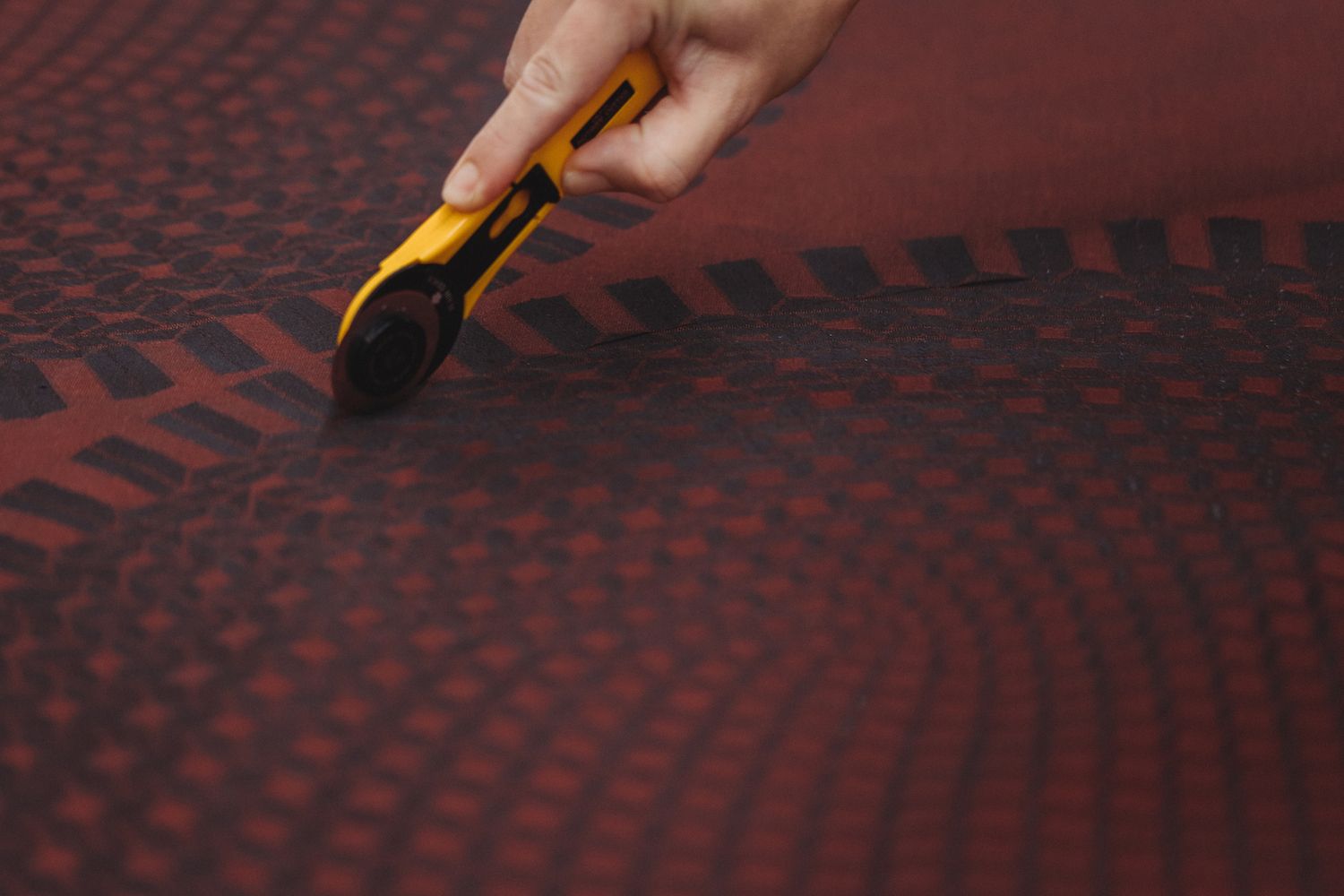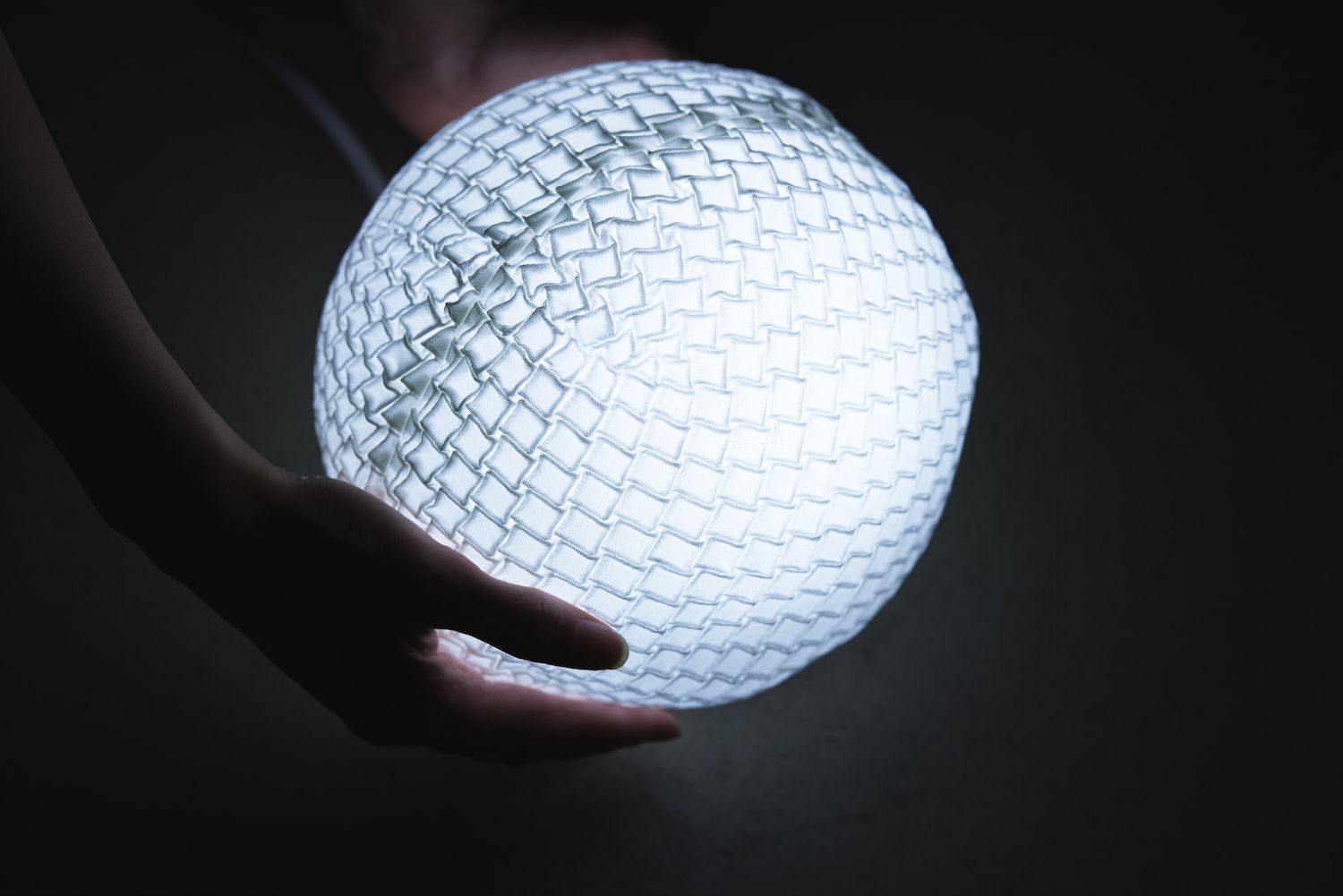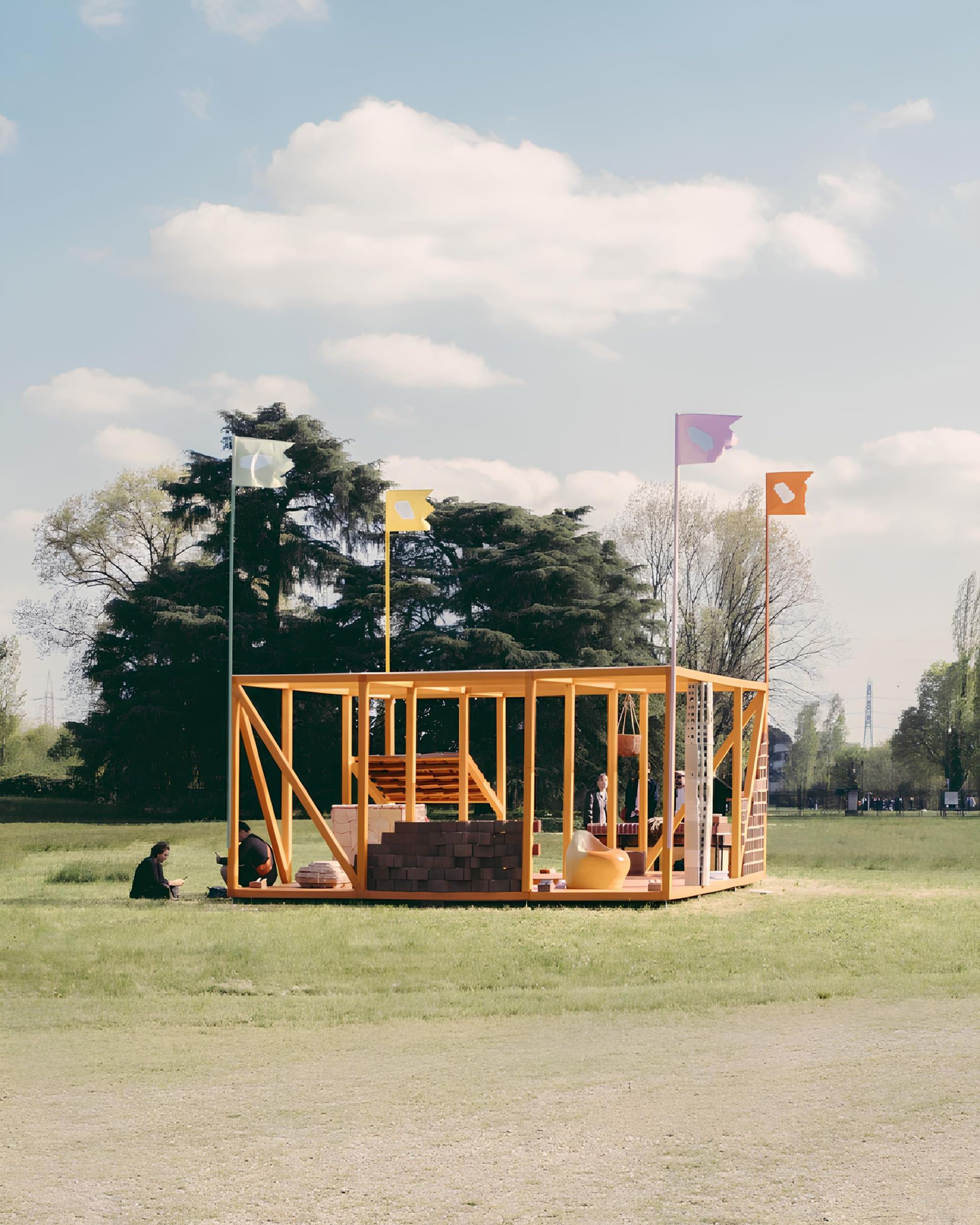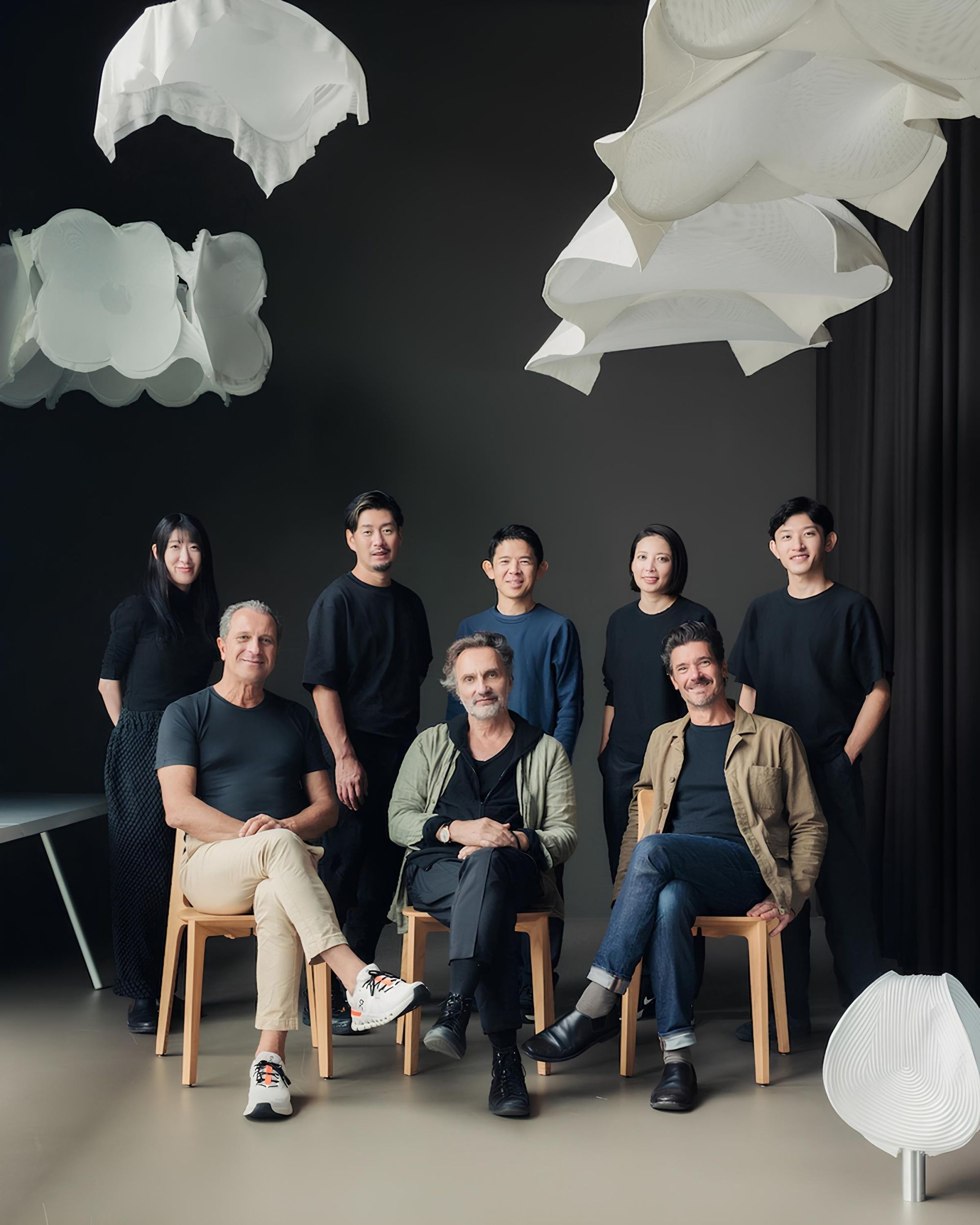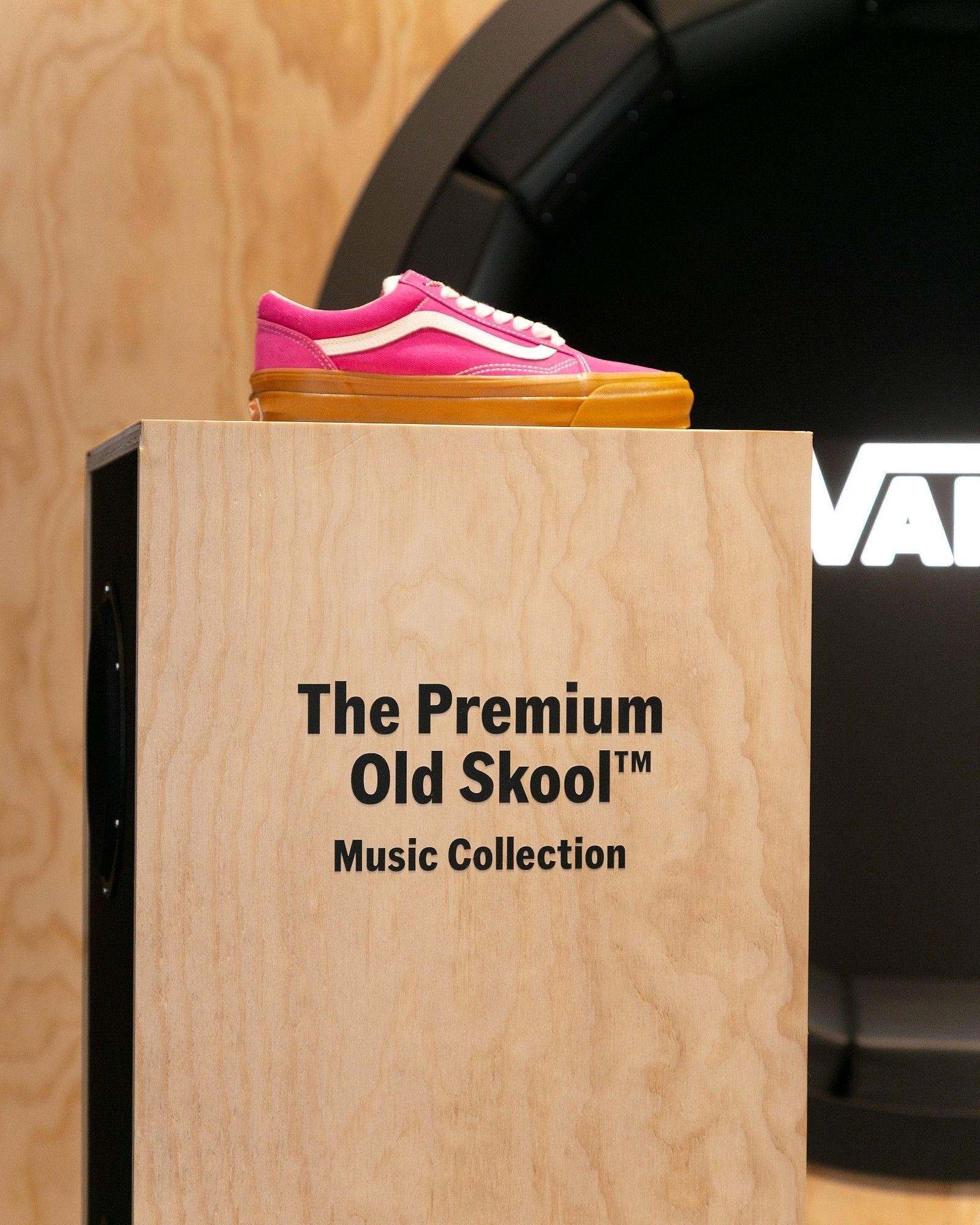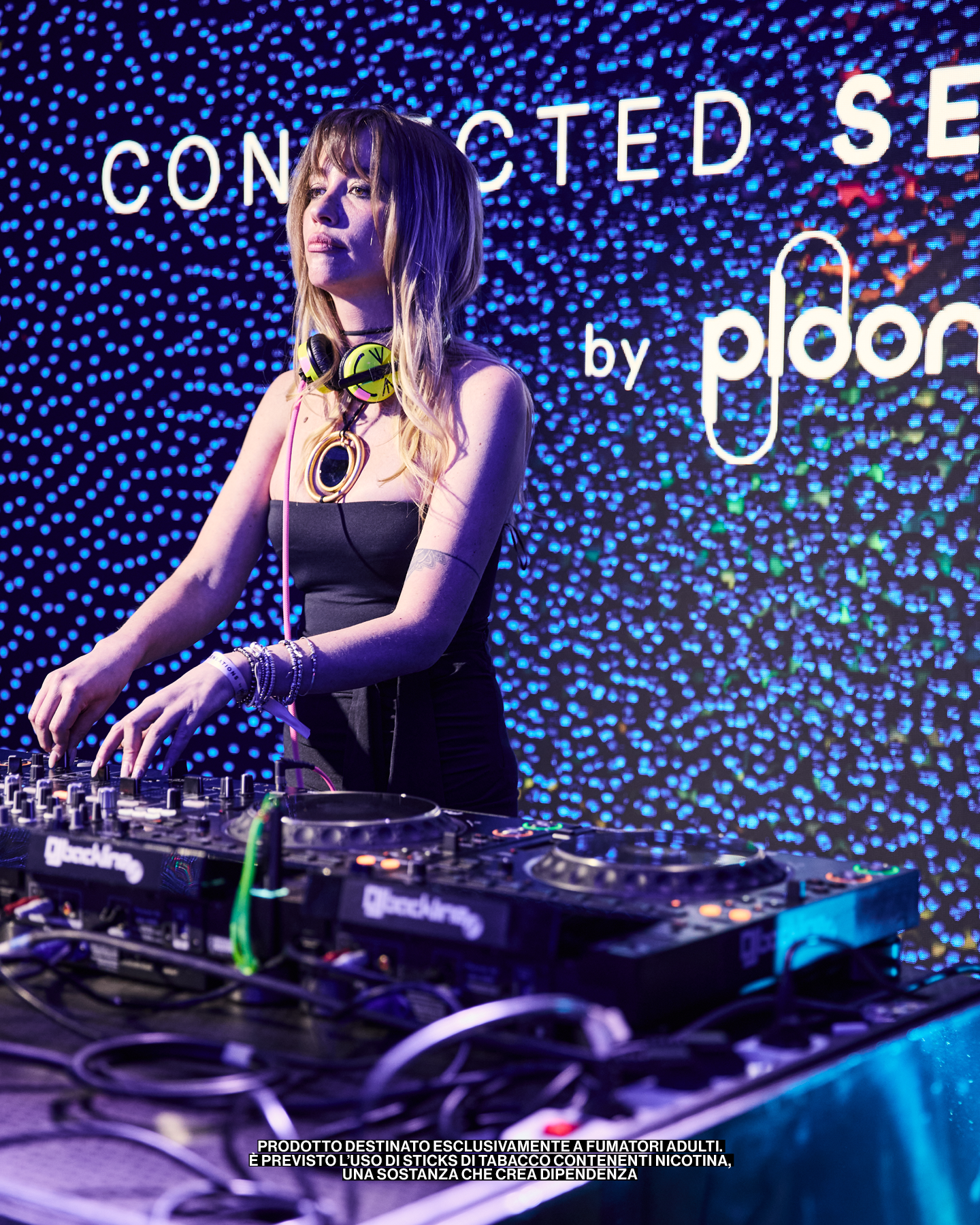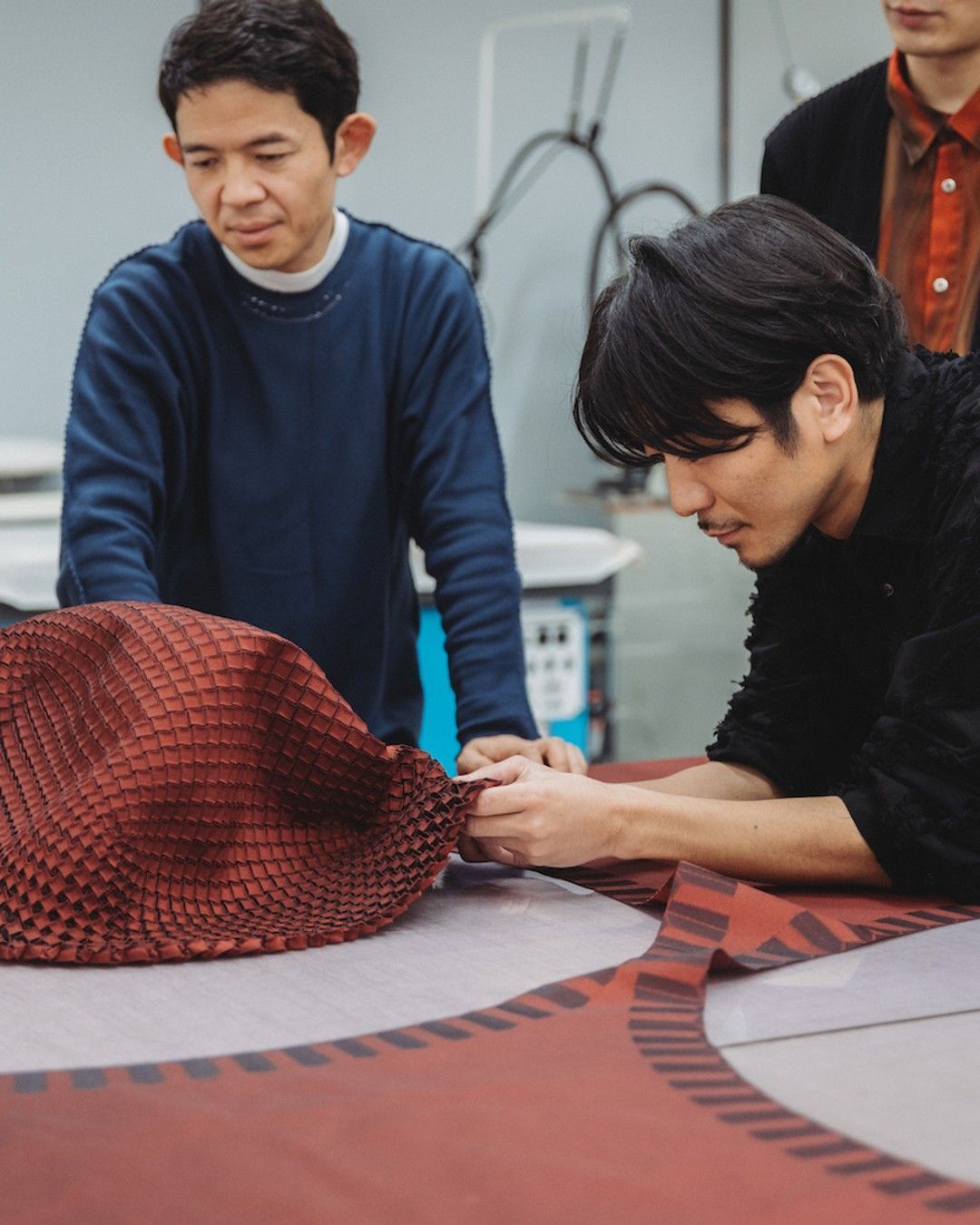
Beyond the limits of fashion with Issey Miyake's A-POC ABLE project Designer Yoshiyuki Miyamae talks about the genesis of the brand presented at Fuorisalone
When I ask Yoshiyuki Miyamae, an Issey Miyake veteran and former designer of the brand's womanswear collections, why he chose to present the new A-POC + ABLE brand at the Milan Fuorisalone and not during fashion week, his answer is simple: «We will present at Fuorisalone not so much to bring the finished product but to start conversations, find imput and inspiration from the visitors themselves», he explains, adding that, «we will present clothes, yes, but not only that. With this project, we wanted to bring something different to Milan that talked about design». And when he says design, Miyamae means pure, conceptual design, which falls outside the all-too-confined realm of clothing and speaks a higher language, the same language that founder Issey Miyake spoke. «A-POC [acronym of A Piece of Cloth, i.e.] was a concept that Issey Miyake had in mind from the beginning of his career in the 1970s. And A-POC ABLE is a brand developed and born from this idea that we want to maintain and pass on for the future». For connoisseurs of Miyake's work, of which there are fortunately quite a few, the name A-POC is reminiscent of the brand's historic SS98 show in which all the looks were part of a single, very long piece of tubular fabric in which the minimum possible number of seams were used (a piece of cloth, literally) that represented a set of modular looks that could be customized by anyone-all that was needed was a common scissor to adjust hemlines and heights. «Issey-san tried to demonstrate is that there was no need to create a made-and-finished dress. His clothes were made in half and he gave the wearer the freedom to cut them to the length they wanted or wear them backwards. Through the concept of A-POC he wanted to tell us that dressing up can be something fun, something that can make us feel good».
The idea, often taken up and repeated by Miyamae, central to Issey Miyake (the concept of "one piece of cloth" was the first conceived by the Hiroshima-based designer at the genesis of his brand) is that of creative sharing between designer and end user: «Instead of designing a garment from start to finiosh, Issey-san tried to leave a space for the wearer of the clothes. [...] He thought that the clothes belonged to the wearer and not the designer, and therefore he wanted to leave space and freedom for the people who own the clothes». And the concept of A-POC has spanned the brand's entire history, including the A Piece of Thread project that, in '88, led to Miyake's first pleated garments later resulting in Pleats Please in 1993-the line that gave initial fulfillment to the designer's ecumenical idea of clothing. «After APOC was launched, all the journalists and designers were coming to him asking what it was. And he still couldn't define it. So instead of explaining it, he organized an exhibition in Tokyo called Nannano? A-POC at AXIS Gallery in Tokyo, giving visitors the freedom to think what they wanted. Instead of bringing already made clothes, Issey-san organized a very didactic exhibition and also presented the fabrics and fibers from which the clothes were made», explains Miyamae, stressing that A-POC ABLE's Milan presentation will follow the same blueprint to emphasize the brand's membership in the realm of pure design. «We have included both the final products and the unprocessed fabric to present our philosophy-from the simple pictures it is not clear where the fabric comes from and why it is so special», the designer continues, referring to the heat-reactive fabric whose fibers, when heated, contract through a special glue and take on their own shape.
The A-POC ABLE brand, therefore, is developed in a cross-dimension: «There are two parallel activities», Miyamae continues, «the first is collaboration with experts outside the company, and the second is the creation of innovative and sustainable design products». Technological advancement in recent years, among other things, has enabled the A-POC team to expand the scope of its production: «Until Pleats Please we could only make pleats with polyester, but with the new methods we can use materials such as silk, wool, and even paper-and if we want we can create pleats only where we want or where we need them». Specifically, the project presented at Fuorisalone was produced in collaboration with Nature Architects, a firm that focuses on algorithmic processing and provided the computational tools to generate the fabric patterns: «One of the prototypes we're working on is a lamp - a product I care very much about», Miyamae says. «On this product we can play in different manners, from adjustable light shade through folds. We are also planning to build foldable objects that can be folded, disassembled or washed easily».The experience should therefore have points of connection in common with the 2006 Ron Arad by Moroso + A-POC by MDS project that saw Issey Miyake create chair covers that, when removed, could become avant-garde jackets-a further representation of a versatile and universal design that, rather than making fashion and furniture dialogue as separate realms, operates in a higher, purer and more abstract dimension that has functionality as its central principle. Other projects that will be presented? «There will be a sphere along with the dress that can be derived from it, the prototype of an armchair but also a jacket created by an entirely different method». The color of all designs will be red-that same red that marked A-POC's debut in 1998.










































